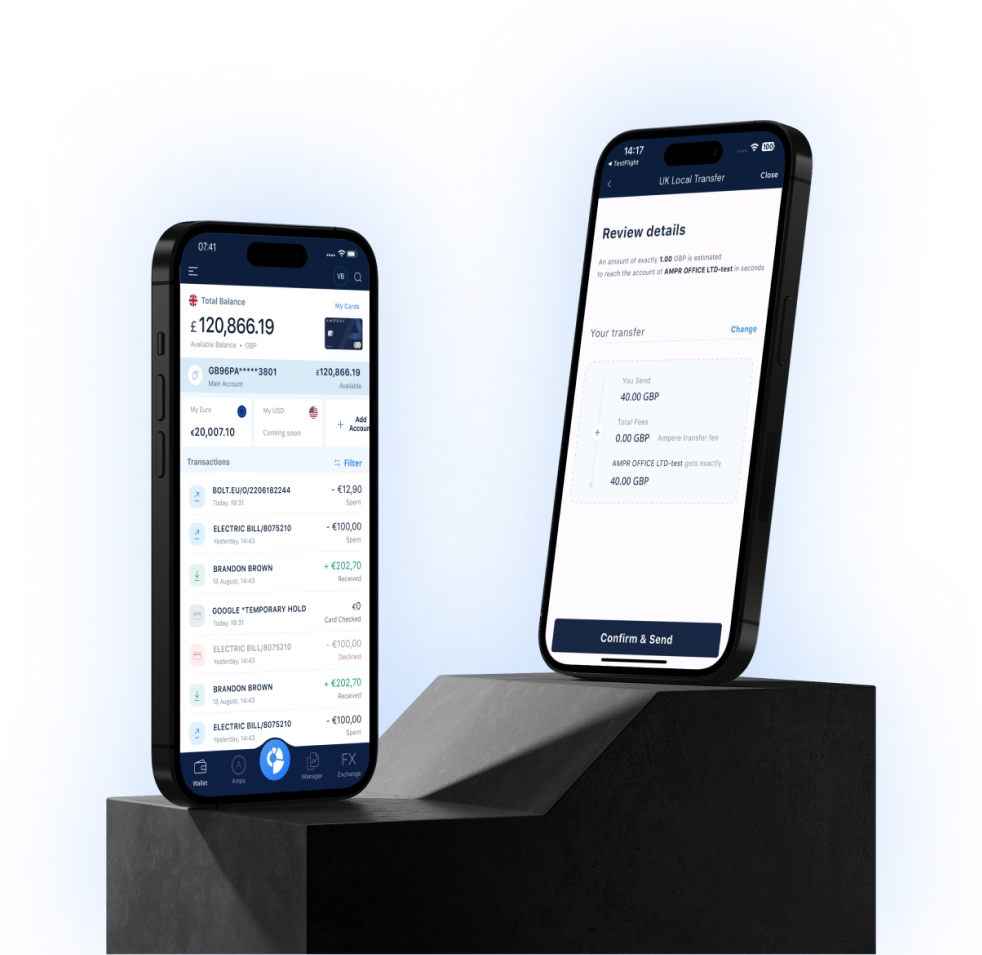How the Mastercard exchange rate works

You send an invoice for €10,000, the client pays, your bank confirms receipt, but the amount received is lower than expected.
Why? Let’s break down this question:
You approve a payment to a supplier overseas, the confirmation screen shows a certain amount, yet the card statement tells a slightly different story. This creates delays in reconciliation and tension between what finance teams think they approved, and what actually happened.
These discrepancies are come down to how currency is converted.
Why do exchange rates vary?
The outcome of any international payment depends on two variables: the currencies involved and the method of transfer.
The same euro-to-pound transaction will produce a different result depending on whether it is made by bank transfer, card payment, or internal account movement, because the infrastructure handling the exchange uses different logic and timing.
Some payment methods apply the rate visible on interbank feeds. Others rely on fixed daily snapshots, in the case of card payments, the network (Mastercard in this context) provides its own conversion rate, which may not match either the mid-market rate or the number you found online before making the payment.
Different methods, different logic
When a UK business sends money internationally, the choice of method matters.

If your company pays for software subscriptions, advertising, travel, or other operating costs via corporate card, every transaction is subject to this mechanism. The amount approved is not necessarily the amount that will be recorded. The rate may shift between the moment of authorisation and the moment the payment is cleared.
A review done in spring 2024 looked at how business cards handle currency exchange. They checked over 2.6 million card payments made by UK companies between January and May. Most of these were processed through fintech platforms or new digital banks.
In 74% of the cases, the final exchange rate turned out to be more than 0.31% off from what the user saw at the time of payment. This happened most often with euro and dollar payments made over the weekend and settled the next working day. Some providers, like Ampere, were less affected because they show the Mastercard rate before the payment goes through, which helps businesses know what to expect.
For small transactions, the difference may appear negligible. For payments under £200, it is unlikely to create a problem unless multiplied across many line items. However, for companies with recurring international spend software vendors, agencies, product teams the cumulative cost becomes significant.
Moreover, the uncertainty makes forecasting more difficult. If you operate on tight budgets, or reconcile multi-currency expenses across teams and departments, even small inconsistencies increase the workload and reduce clarity.
What we changed
At Ampere, we created a tool that allows you to check the Mastercard exchange rate before confirming the payment. It reflects the current rate used by Mastercard.
- You input the amount.
- Choose the currencies.
- See the result based on today’s Mastercard conversion logic.
The tool accounts for your card type and the settlement date.
It is available here: https://ampere.co.uk/mastercard-exchange-rate
We’ve made it possible to know what to expect. Before you send. Before you spend.

